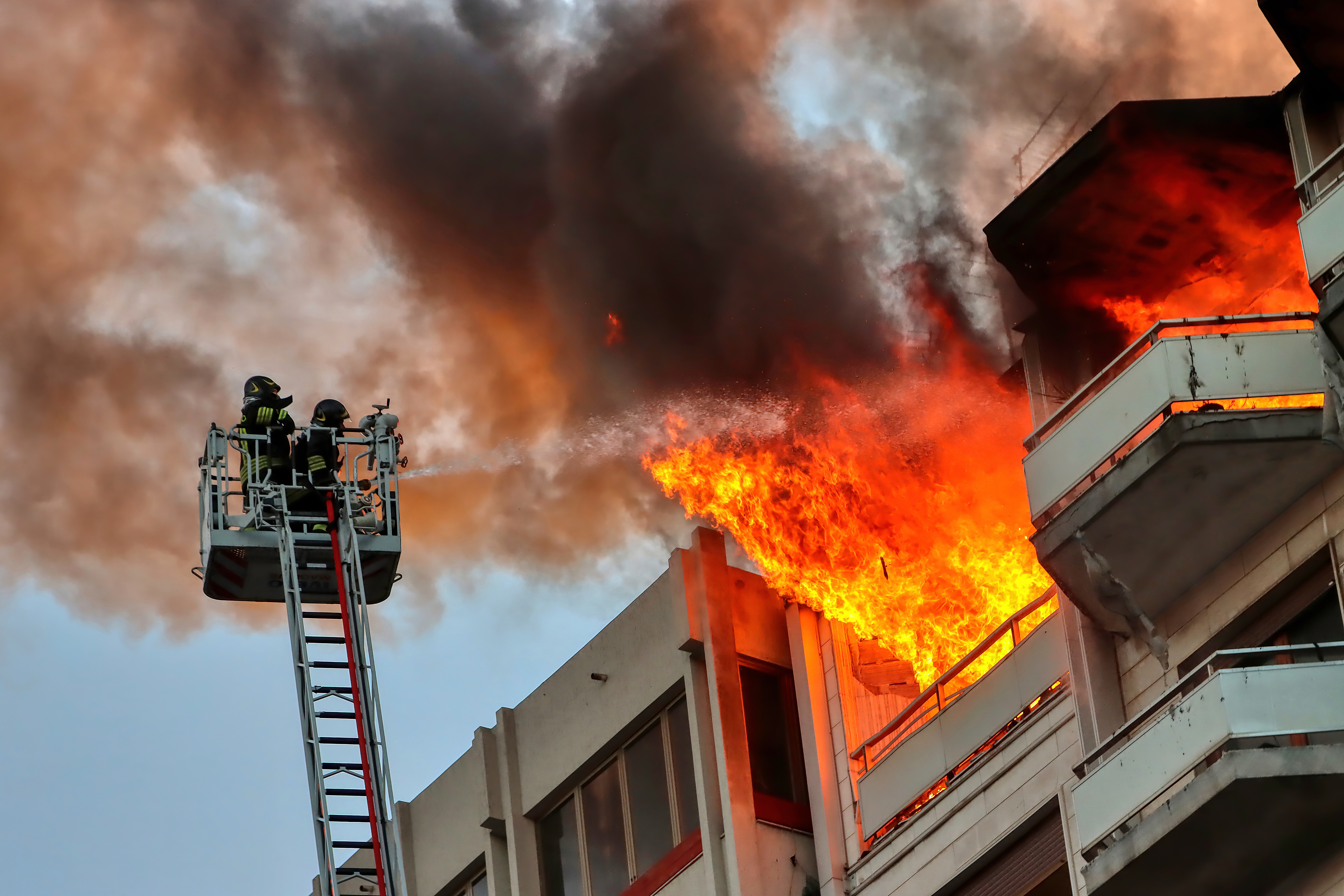
Each day in Mexico, approximately 260 fires take place in both urban and non-urban areas. Over the past decade, urban fires in Mexico have grown by 10% annually, with structural fires comprising 22.6% of events responded to by state civil protection units. As of 2020, these fires have resulted in losses exceeding 34 billion pesos, underscoring the urgent need for stronger safety measures.Statistics obtained through research by UL Standards & Engagement.
In 2024, Mexico City adopted the Complementary Technical Standard for the Architectural Project in Mexico City, which establishes guidelines to improve the safety of all new building construction, as well as extensions, modifications, or repairs to existing structures in Mexico City.
The standard establishes minimum requirements for the design, construction, and operation of works and building facilities in Mexico City, to guarantee safety for occupants in normal use and emergencies, as well as accessibility for vulnerable communities, energy efficiency, and sustainability. To do so, the NTC-PA makes mandatory several safety standards, including multiple Normas Oficiales Mexicanas, as well as standards by standards development organizations such as the Factory Mutual Insurance Company, the International Electrotechnical Commission, the International Organization for Standardization, the National Fire Protection Association, and UL Standards & Engagement.
The ULSE standards referenced in the NTC-PA are as follows:
- UL 10A, Tin-Clad Fire Doors
- UL 10B, Fire Tests of Door Assemblies
- UL 10C, Positive Pressure Fire Tests of Door Assemblies
- UL 263, Fire Tests of Building Construction and Materials
- UL 305, Standard for Panic Hardware
- UL 723, Standard for Test for Surface Burning Characteristics of Building Materials
- UL 924, Emergency Lighting and Power Equipment
- UL 1479, Fire Tests of Penetration Firestops
- UL 1994, Standard for Luminous Egress Path Marking Systems
- UL 2079, Tests for Fire Resistance of Building Joint Systems
- UL 2525, Standard for Two-Way Emergency Communications Systems for Rescue Assistance
For more than 120 years, many of these standards have helped to ensure safety in the U.S. by providing performance and construction requirements for critical fire protection systems. In fact, UL 10A was the first standard published by ULSE (formerly Underwriters Laboratories) in 1903. In order to conform to UL 10A, fire doors must withstand testing under actual fire conditions in a controlled environment to evaluate their fire resistance and ability to mitigate the passage of flames, smoke, and gases, as defined by the standard.
In February 2020, UL Standards & Engagement received authorization from the Dirección General de Normas of the Ministry of Economy in Mexico to develop standards for Mexico. The authorization established ULSE as the first SDO able to develop national standards for all three countries in the United States-Mexico-Canada Agreement.
“UL Standards & Engagement applauds the government of Mexico City for adopting the NTC-PA and the standards it references,” said Sonya Bird, Vice President of International Standards, UL Standards & Engagement. “We look forward to seeing how these standards will help create a safer future for all in Mexico City.”
Learn More
If you are a professional in the construction, fire safety, or standards industry, and you would like to learn more about the ULSE standards in the NTC-PA, please join us for an in-person event on May 15. Experts from ULSE and regional stakeholders will present on the importance of the ULSE standards NTC-PA and their impact on fire safety in the construction sector.